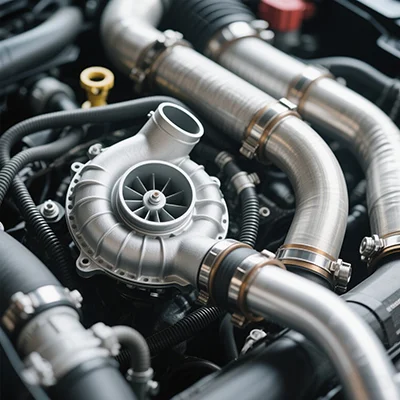In today's fast-paced digital world, printers remain an essential tool for both personal and professional use. HP printers, known for their reliability and advanced features, offer a range of customizable print settings that can significantly enhance your printing experience. Whether you are preparing a presentation, printing family photos, or producing professional documents, understanding how to change the print settings on your HP printer is crucial for achieving the best results. This article will guide you through the process, ensuring you can tailor your print settings to meet your specific needs.
Understanding Print Settings
Before diving into the specifics of changing print settings, it’s important to understand what these settings entail. Print settings dictate how your document will be printed, including aspects such as paper size, print quality, color options, and more. Familiarizing yourself with these settings can help you optimize your printer's performance and save on ink and paper costs.
Accessing Print Settings
The method for accessing print settings can vary depending on the model of your HP printer and the operating system of your computer. Below are the general steps for both Windows and macOS users:
For Windows Users:
- Open the Document: Start by opening the document you wish to print.
- Select Print: Click on ‘File’ in the top menu, then select ‘Print’ or simply press
Ctrl + P. - Choose Your Printer: In the print dialog box, select your HP printer from the list of available printers.
- Access Printer Properties: Click on ‘Printer Properties’ or ‘Preferences’ to access the detailed print settings.
For macOS Users:
- Open the Document: Launch the document you want to print.
- Select Print: Click on ‘File’ in the menu bar, then select ‘Print’ or press
Command + P. - Choose Your Printer: Select your HP printer from the dropdown menu.
- Open Print Settings: Click on ‘Show Details’ to expand the print settings options.
Key Print Settings to Customize
Once you have accessed the print settings, you can customize several key options:
- Paper Size and Type
Selecting the correct paper size and type is crucial for ensuring that your printouts look professional. HP printers typically support various paper sizes, including A4, Letter, and Legal. Additionally, you can choose the type of paper you are using (e.g., plain, glossy, or photo paper) to optimize print quality.
- Print Quality
HP printers offer different print quality settings, such as Draft, Normal, and Best. The Draft mode is ideal for quick prints, while the Best mode is suited for high-quality documents and images. Adjusting the print quality can also help manage ink usage, so consider your needs before making a selection.
- Color Options
You can choose between color and black-and-white printing. If you are printing documents that do not require color, selecting the black-and-white option can save ink and reduce costs. For photos or colorful presentations, ensure that the color option is selected.
- Duplex Printing
If your HP printer supports duplex printing (double-sided printing), you can enable this feature to save paper and create more professional-looking documents. Look for the ‘Print on Both Sides’ option in the print settings.
- Scaling and Layout
Adjusting the scaling and layout settings can help fit your document onto the page correctly. You can choose options like ‘Fit to Page’ or specify a custom scaling percentage. Additionally, you can set the layout to portrait or landscape orientation based on your document's requirements.
Saving Your Custom Settings
After adjusting your print settings, you may want to save these preferences for future use. Many HP printers allow you to create custom profiles that store your preferred settings. This feature can save you time and ensure consistency across your print jobs.
Troubleshooting Common Issues
Even with the best settings, you may encounter issues while printing. Here are some common problems and their solutions:
- Poor Print Quality: If your prints are coming out faded or streaky, check your ink levels and consider running a print head cleaning cycle from the printer's maintenance menu.
- Paper Jams: Ensure that you are using the correct paper type and size. Regularly check the paper feed for any obstructions.
- Connectivity Issues: If your printer is not responding, verify that it is properly connected to your network or computer. Restarting both the printer and your device can often resolve connectivity issues.
Conclusion
Changing the print settings on your HP printer is a straightforward process that can greatly enhance your printing experience. By understanding the various options available and customizing them to suit your needs, you can achieve optimal results for any project. Whether you are printing documents for work, school, or personal use, mastering your printer’s settings will ensure that you get the most out of your HP printer. With this guide, you are now equipped to navigate and adjust your print settings confidently, leading to high-quality prints every time.


